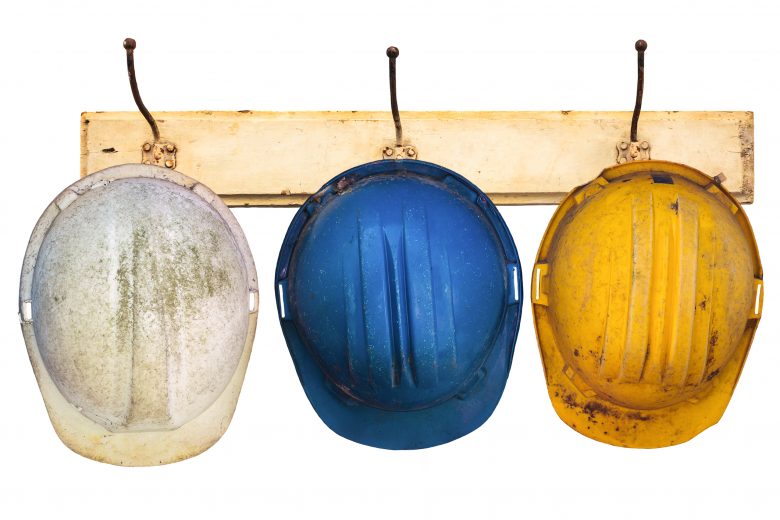Hard hats are a common sight on many worksites. Depending on their industrial class, they can protect against impact and penetration caused by falling objects, and against high-voltage shock and burn. But the continued strength and lifespan of the wide range of hats used on job sites—from full brim to cap hard hats and bump caps—depends on proper maintenance. This is why it’s important to train employees in the correct way to care for their PPE.
Best practices for PPE care
When a worker is given PPE, they need to be taught the best practices for the equipment use and care. At least one training session should be devoted to this important subject, with regular refreshers to remind workers of their responsibilities.
Basic requirements for hard hat care include:
- consulting the manufacturer’s information on proper care and maintenance, including which cleaning products and other materials may have a damaging effect on the hat;
- cleaning the hat regularly with warm water and soap, and allowing it to air dry;
- daily inspection of the shell, headband, suspension system and other accessories. These inspections should focus on finding cracks, tears, punctures, holes and any other damage. The headband mustn’t be stretched or worn out and the hat should always fit well and comfortably;
- storing the head protection in a safe place (away from the sun and extreme temperatures) where it won’t get hit, dented or damaged;
- avoiding contact with paints, paint thinners or corrosive cleaning agents, which can weaken the shells of the hats and even eliminate electrical resistance;
- not drilling holes in the hard hat and avoiding applying labels unless it won’t reduce the integrity of the protection.
The fit is an important factor in PPE use. Hard hats should never be too tight, too loose or irritate the skin, and any other equipment used (such as safety glasses, lights and earmuffs) must not compromise the safety elements of the hat.
Replacing hard hats
Any defect found on a hard hat should be followed by the PPE’s immediate removal from service. OSHA lists such defects and they include:
- cracking and perforation;
- deformity of the brim or shell;
- indication of exposure to heat, chemicals, ultraviolet light and radiation (exhibited by chalking or flaking) combined with a loss of surface gloss.
Last but not least, it’s vital for workers to know that if their hard hat sustains a heavy blow, it needs to be replaced, even if no damage is noticeable. The same is true if the hat is cracked or dented. However, if the suspension systems are found to be deteriorating, the PPE doesn’t have to be retired because the systems can be replaced without affecting the hat’s performance.

